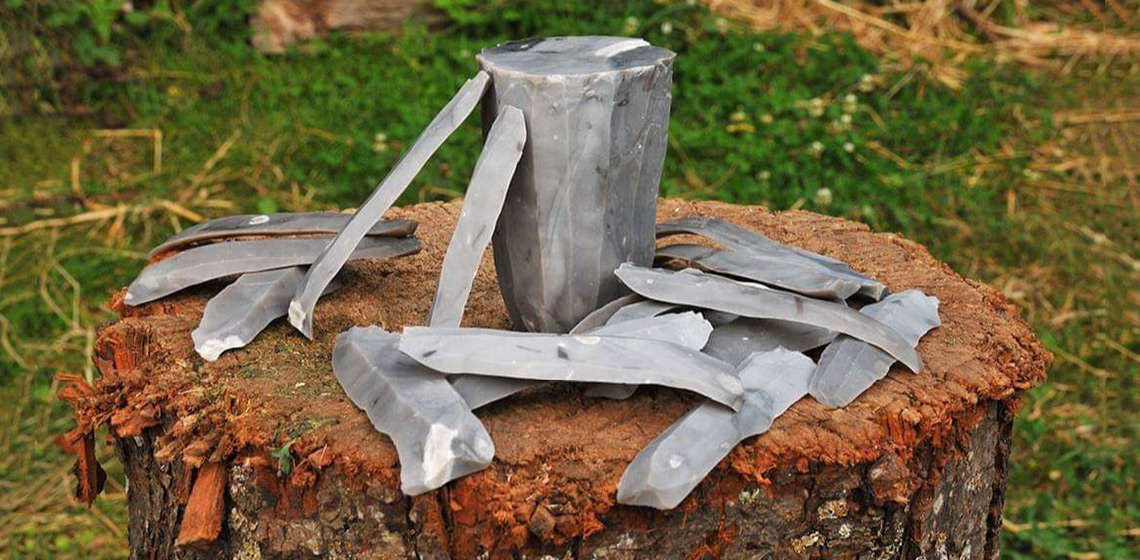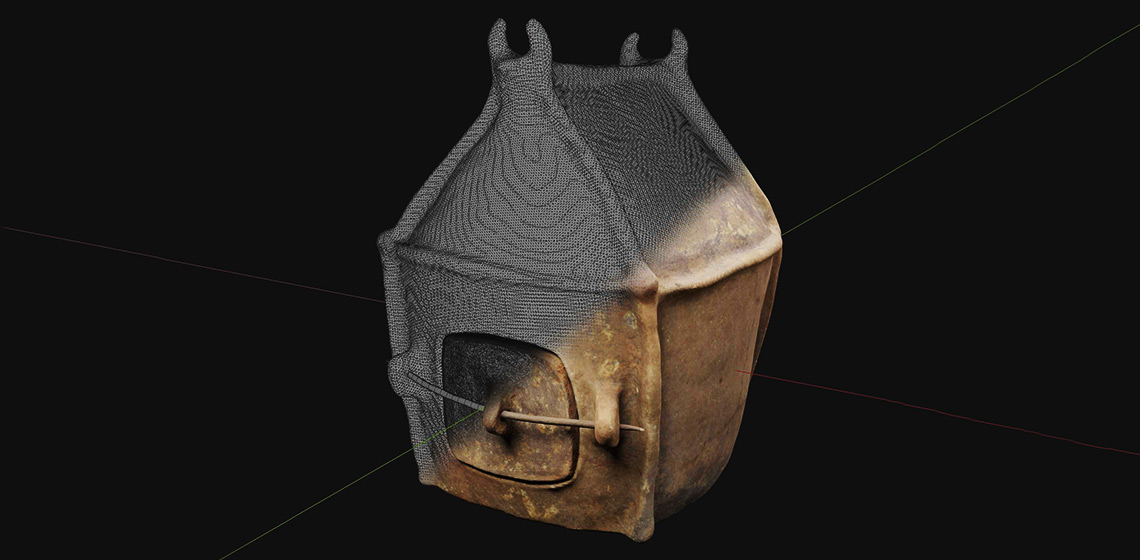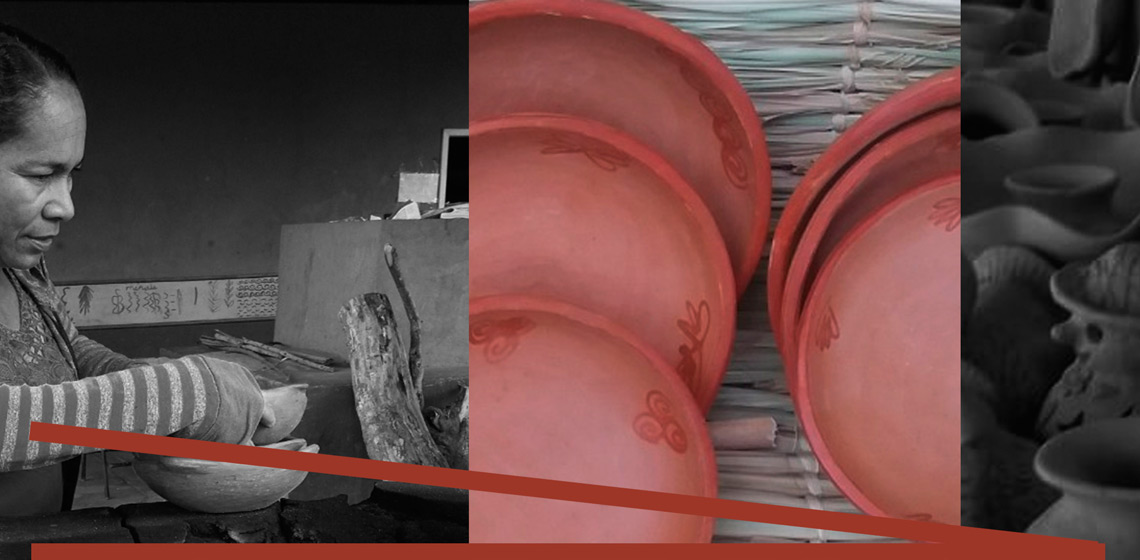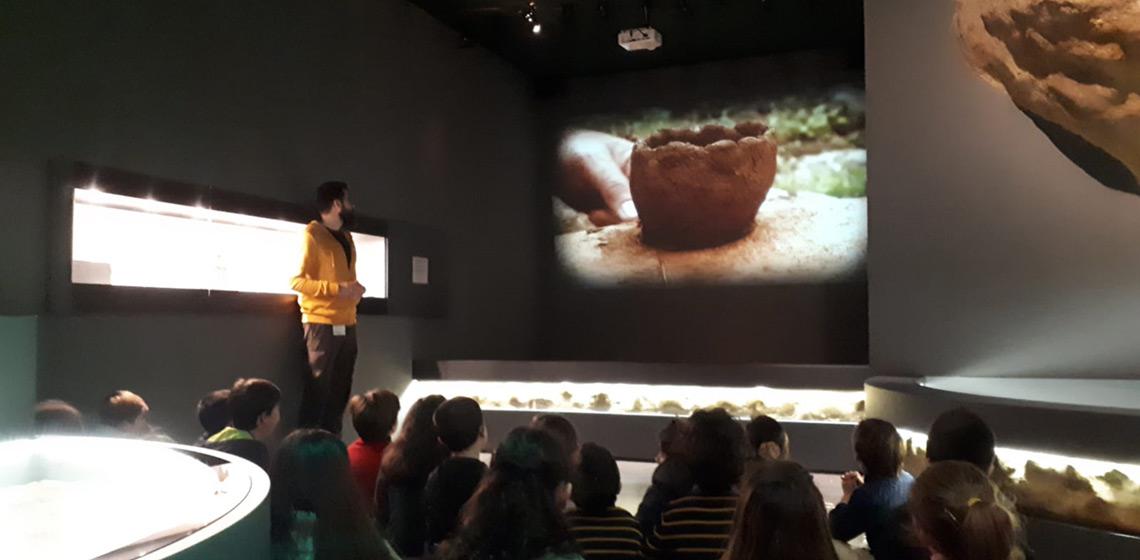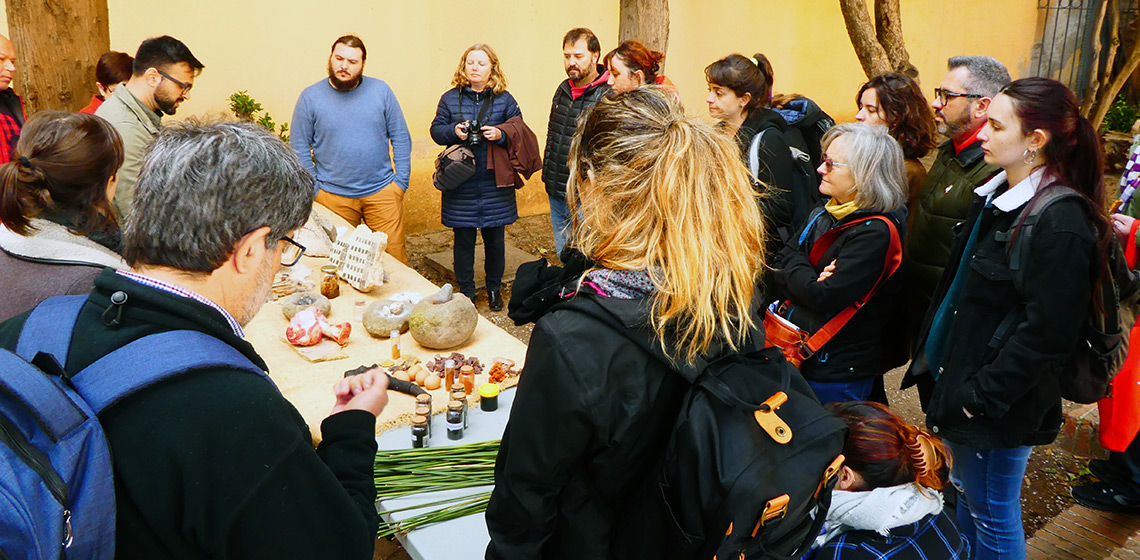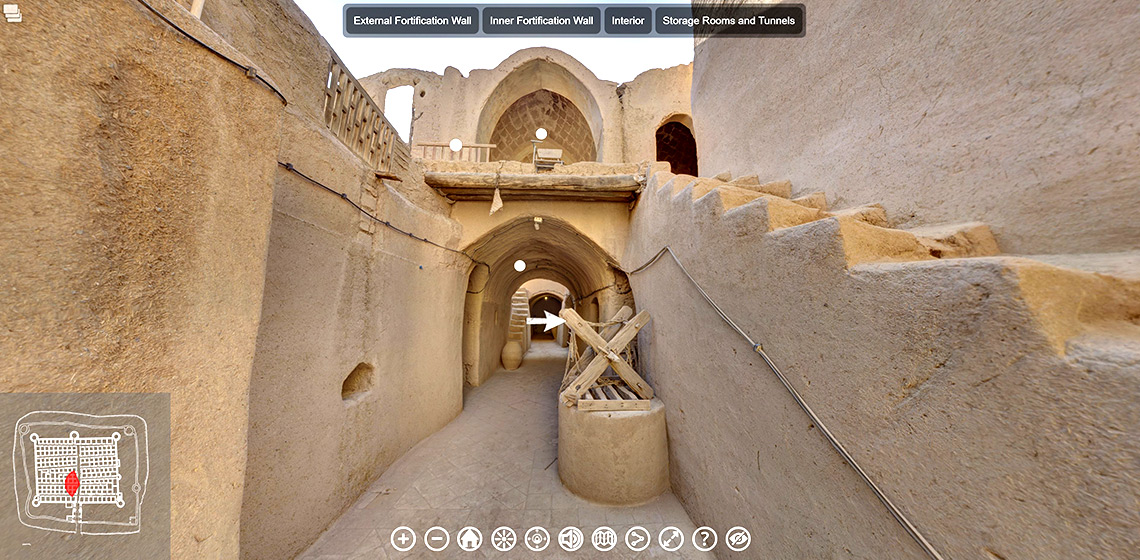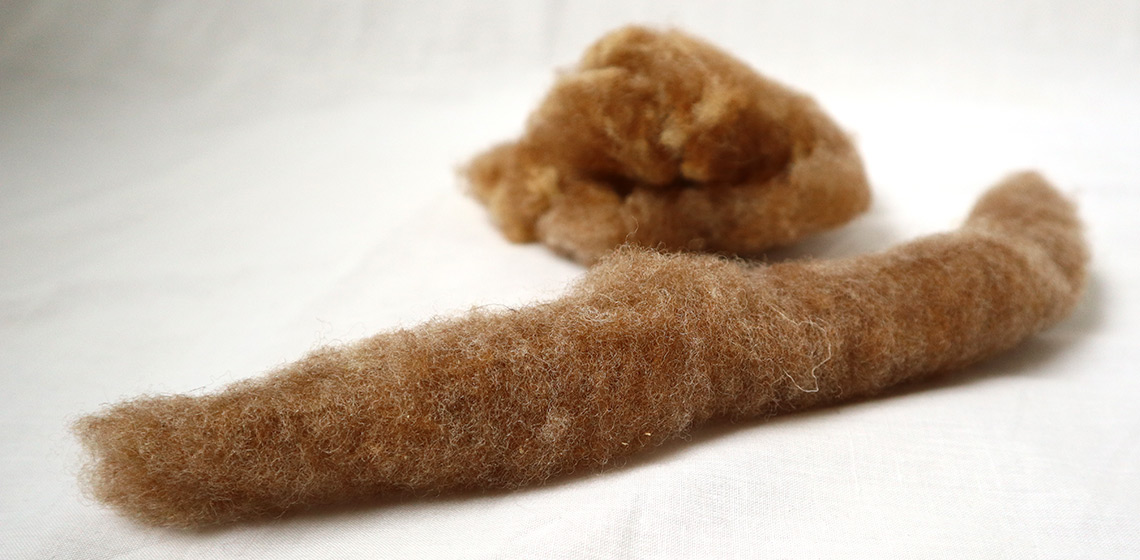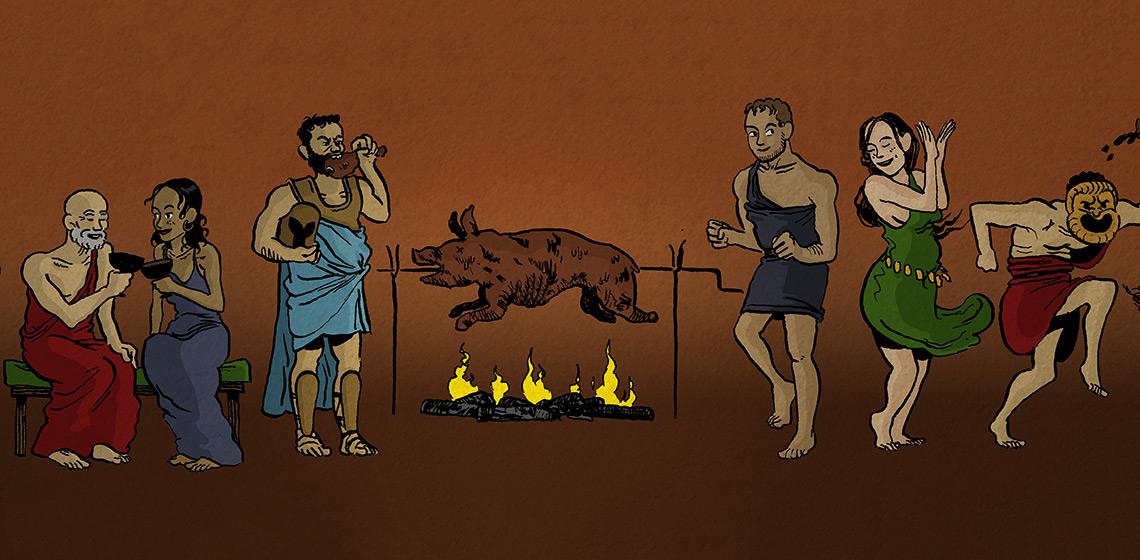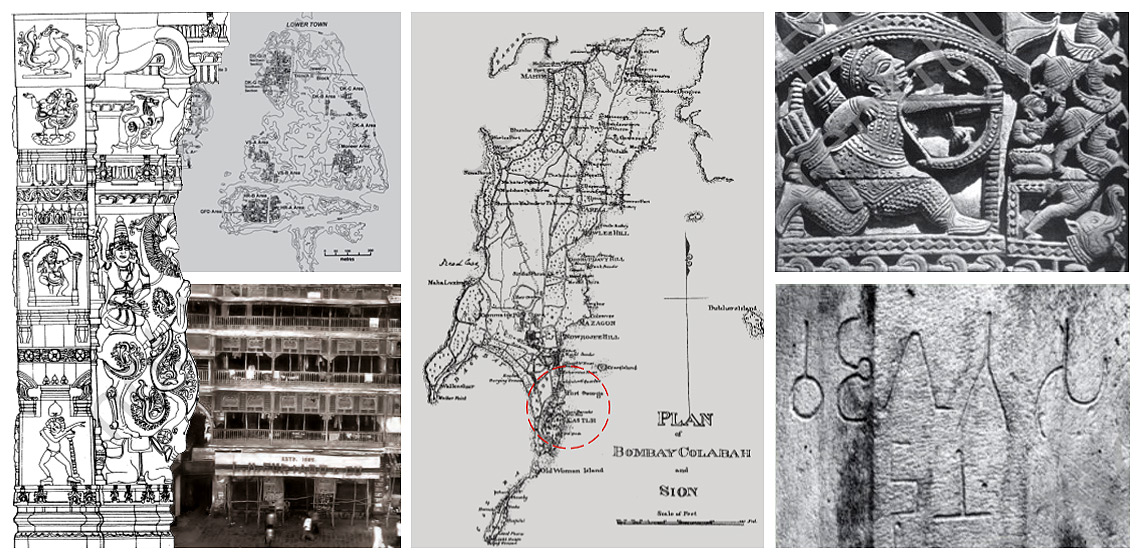Interpretation
Blending the Material and the Digital: A Project at the Intersection of Museum Interpretation, Academic Research, and Experimental Archaeology
The Development of the 1st Cultural Exchange of Traditional Knowledge and Experimental Practices of the Peruaçu River Basin
Introduction
The Peruaçu National Park is a nature conservation unit located in the environs of the Peruaçu River basin, in the North of the State of Minas Gerais, and it preserves an area for the Cerrado biome of Brazil. The Cerrado is an area of 2 million square kilometres and is the second largest biome covering the Brazilian territory. However, just 20% of it is preserved. The region of the Peruaçu National Park belongs to this preserved 20%. On it is one of the most important archaeological sites of rock paintings in the state of Minas Gerais.
Asociación Cantabruri Historia 3.0 - Difusión y Divulgación del Patrimonio Histórico (ES)
Cantabruri Association (Cantabruri - Dissemination and Disclosure of Historical Heritage), an association of historians and archaeologists who, at the end of our studies, have profiled ourselves for the disclose and dissemination of historical heritage. We focus on the Cantabria area, in the north of Spain. We are currently working with different regional government institutions.
Experimental Archaeology in the Museum of Archaeology of Catalonia
***The Museu d'Arqueologia de Catalunya (MAC) was created under the Museums of Catalonia Act in 1990 by the Department of Culture of the Government of Catalonia. Its foundation dates back to 1932. The museum carries out various activities related to Experimental Archaeology projects in the fields of both education and research...
Digital Saryazd: Increasing Tourist Engagement Using Digital Documentation
Experimental Archaeology and Tacit Learning: Textiles in the Classroom
AvAnt Ge - Association pour la valorisation de l'Antiquité à Genève (CH)
AvAnt Ge is a non-profit organization whose goal is to promote and share interest and knowledge of Antiquity with the public, through the organization of la Nuit Antique.
It is composed of scholars, professors, students and mediation professionals. By developing and fostering effective synergies between the various actors mentioned, as well as with several institutions in the region, it relies on the vitality of research in this field.
Considering the great enthusiasm of the public for Antiquity in all its forms (history, daily life, archeology, literature…), Avant Ge proposes to federate the motivation and skills of its members around this festival now well anchored in the cultural landscape of Greater Geneva.
Gladiatorenschule Trier e.V. - Lvdvs Treverorvm (DE)
Based on the current archaeological findings and the knowledge of various martial arts, we reconstruct, train and demonstrate the gladiator fights of antiquity.
We believe that gladiatorship was anything but an undemanding slaughter. It was a martial art with the presentation of Virtus "Roman virtues" at the highest level. This level is our goal! We have the claim, to learn what the art the gladiator was about and strive to perfection when it comes to being a roman fighter. It is our intention to teach the knowledge we accumulate - cause we believe, that only be understanding our past, we can forge our future.
Indian Students’ and Teachers’ Perceptions and Attitudes to Archaeological Content in History Textbooks
Introduction
It is well accepted that using real evidence/primary sources is an important criterion in the teaching and learning of history. The focus in classrooms in many parts of the world has already moved to using both primary and secondary sources instead of solely using school textbooks, which has made the teaching and learning of history much more useful, joyful, and productive. Archaeological remains form one of the most important of primary sources.

